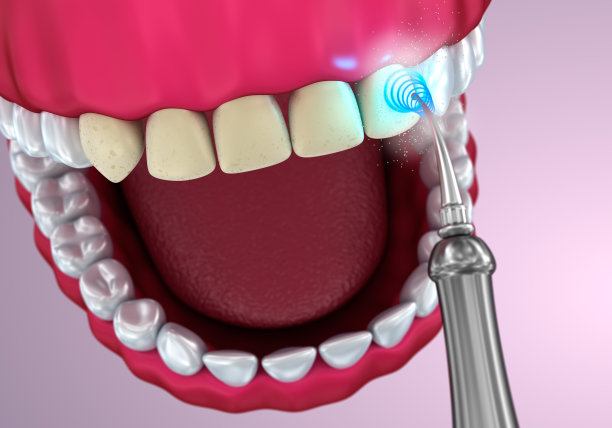Revolutionizing Smiles Exploring the Benefits and Innovations of Dental Implant Treatment for Restoring Oral Health and Functionality
Summary: Dental implant treatment has transformed the landscape of restorative dentistry, offering innovative solutions for individuals suffering from tooth loss or damage. This article explores the numerous benefits and groundbreaking advancements in dental implants, emphasizing their role in restoring oral health and functionality. Through understanding the advantages of enhanced aesthetics, improved functionality, increased durability, and the latest technological innovations, readers will gain a comprehensive view of how dental implants can revolutionize smiles, ultimately leading to better quality of life. The exploration of these aspects underlines the importance of dental implants as a reliable and effective solution in contemporary dental practices.
1. Enhancements in Aesthetic Appeal

One of the primary benefits of dental implants is their ability to significantly enhance the aesthetic appeal of a patient’s smile. Unlike traditional dentures or bridges, which can look unnatural, dental implants are designed to imitate the appearance of natural teeth. The materials used in dental implants, such as titanium and porcelain, allow for customization so that the color and shape closely match existing teeth.
This aesthetic advantage is not just about beauty; it also boosts the patients confidence. A beautiful smile can improve self-esteem and influence social interactions positively. Many individuals report feeling more comfortable and willing to engage socially after receiving dental implants, as they no longer feel embarrassed about gaps in their teeth.
Additionally, the stability of dental implants helps maintain the facial structure. When teeth are missing, the jawbone can deteriorate, leading to changes in facial shape. Implants stimulate the jawbone much like natural teeth do, preventing this bone loss and helping to preserve the natural contours of the face.
2. Functional Improvements in Daily Life
The functionality offered by dental implants is another major advantage that sets them apart from traditional restorative options. Patients with dental implants are often able to eat, speak, and smile with the same confidence they had with their natural teeth. Unlike dentures, which can shift while eating, dental implants are securely anchored in the jawbone, eliminating concerns about slippage.
This reliability allows for a broader diet. People with implants can enjoy foods they might have avoided due to discomfort or fear of damaging their dentures. This improvement in dietary choices can lead to better nutrition, which is crucial for overall health.
Moreover, the success of dental implants contributes to a more natural speaking ability. Many individuals with missing teeth report experiencing challenges with speech. After receiving implants, they often notice clearer articulation, which can enhance communication skills and reduce instances of embarrassment when speaking or laughing.
3. Durability and Longevity of Dental Implants
Another pivotal aspect of dental implants is their remarkable durability and longevity. With proper care, dental implants can last for decades, significantly longer than bridges or dentures. This longevity makes them a cost-effective option over time, as they reduce the need for frequent replacements or repairs.
The materials used in dental implants are resistant to decay and damage, making them a practical choice for many patients. Unlike natural teeth, which can be prone to cavities, implants remain unaffected by potential dental issues. This resilience means that with routine dental hygiene, implants can function effectively for a lifetime.
Furthermore, dental implant technology continues to evolve, with advancements improving their strength and success rates. New techniques and materials are continually being researched, ensuring that dental implants will remain a leading option for restorative dentistry in the future.
4. Innovations in Dental Implant Technology
Recent innovations in dental implant technology are transforming the field, making procedures more efficient and outcomes more predictable. One such advancement is the introduction of 3D imaging and guided implant placement techniques. These technologies allow for precise planning and positioning of implants, minimizing surgical complications and enhancing recovery time.
Another exciting development is the use of osseointegration technologies that promote a stronger bond between the implant and the jawbone. This means that implants can now integrate even more effectively, leading to increased success rates and faster healing periods.
Moreover, advancements in grafting materials, such as synthetic bone grafts, are reducing the need for additional surgeries to prepare the jawbone for implants. These innovations not only streamline the treatment process but also expand the range of patients who can successfully receive dental implants, including those with previously unsuitable conditions.
Summary:
Dental implants represent a revolutionary advancement in restorative dentistry, offering superior aesthetic, functional, and durability benefits. Innovations in technology further elevate the quality and accessibility of these treatments. As dental practices continue to adopt these advancements, the potential for enhancing patients lives through improved oral health and heightened confidence becomes ever more promising.
This article is compiled by Vickong Dental and the content is for reference only.



